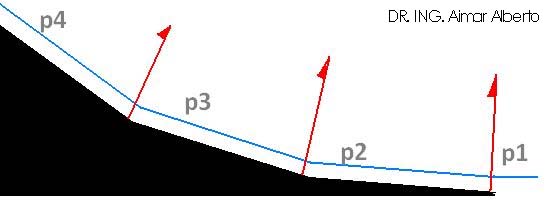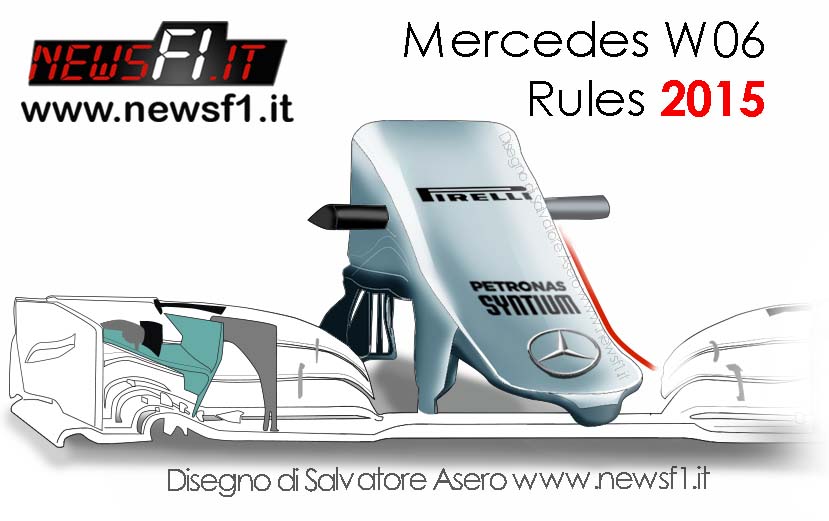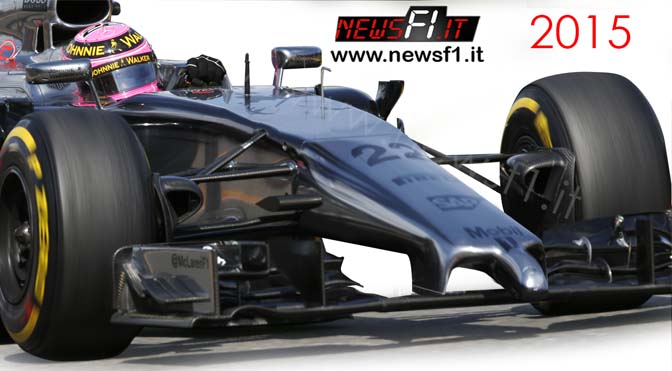We start in this study from a consideration, or rather a hypothesis, we performed a possible front nose of the new Mclaren.
Actually, I want to first make a series of reflections on this car, because I think it is one of the more difficult cars lined up on the grid next season to predict. There is an air of change and also very drastic changes in the workshops of the English team, both on the drivers, who from the engineering side, this being a new power unit to readjust to the car completely.
What I mean is that you may not know what to base their work aerodynamic appearance, or if you prefer to devote more resources in terms of motor-chassis section. Having said that, we can start with a little reflection that will help us to better understand the concept already introduced in the first article of the series belonging to the advances in 2015, namely that of the normal vectors to the surfaces and the way it has to accelerate the current around an object, or to slow down.
I invite you to read the first study to link the following:
https://www.newsf1.it/ferrari-f1-2015-666/
considerato.  Come
Come  Leading to the result expressed in the image below:
Leading to the result expressed in the image below:
That’s why the Mercedes in 2014 had already thought of a profile typically called a slide, so you are able to exploit this effect in order to have a better direction of the front wheels. Clearly, this, more than a forecast, wants to be a reference to the recent past, useful to explain how and why it could be revised even in 2015 a detail like that, maybe also on other cars other than those mentioned here.
Articolo dell’Ing. Aimar Alberto
AIMARALBERTO.WIX.COM/AEROSPACE-WORLD
Translation by Christopher M. Uhl – Twitter



Scrivi
Devi essere loggatoper commentare.